By Matteo Pavana
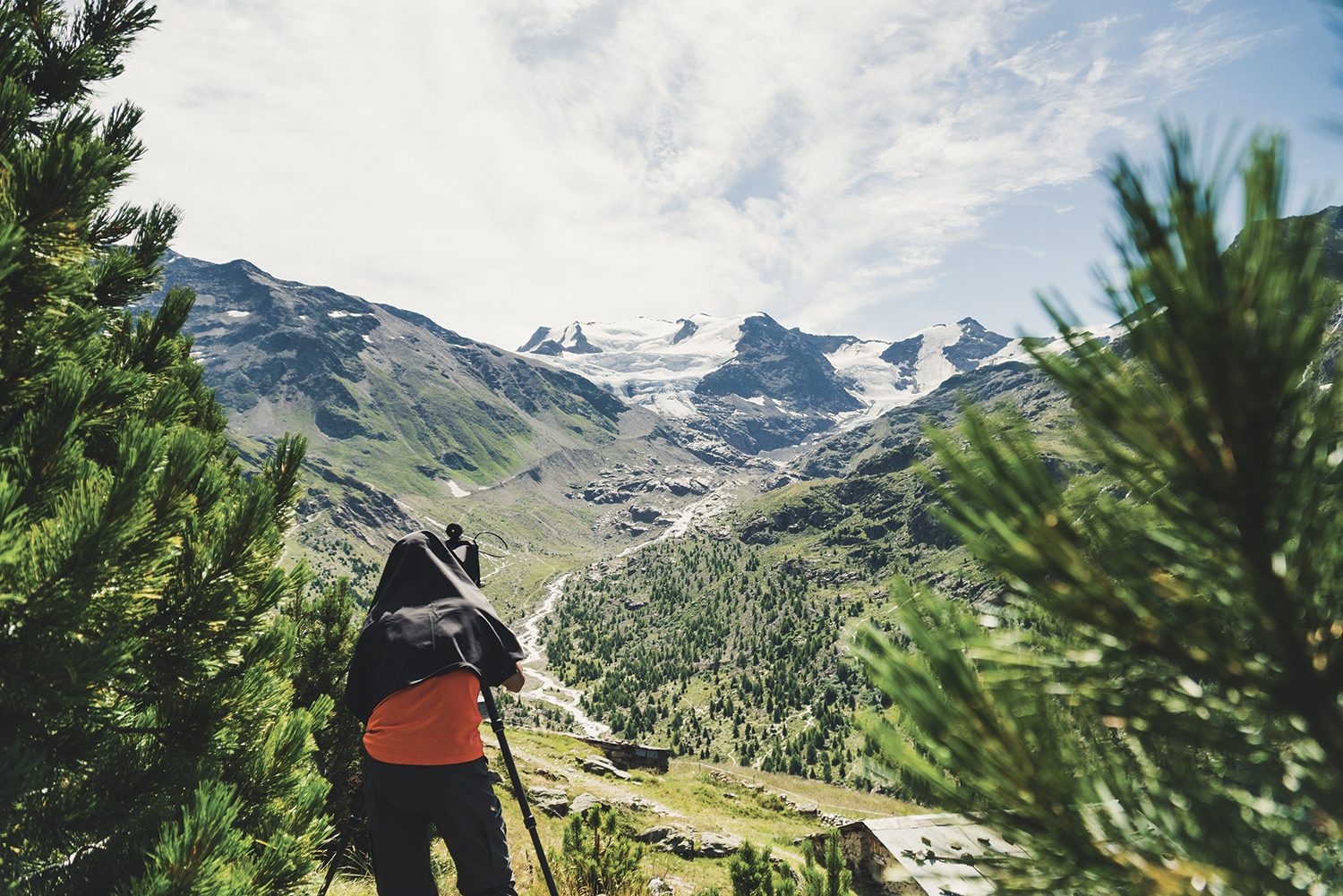
Glacier, before and after. Fabiano Ventura.
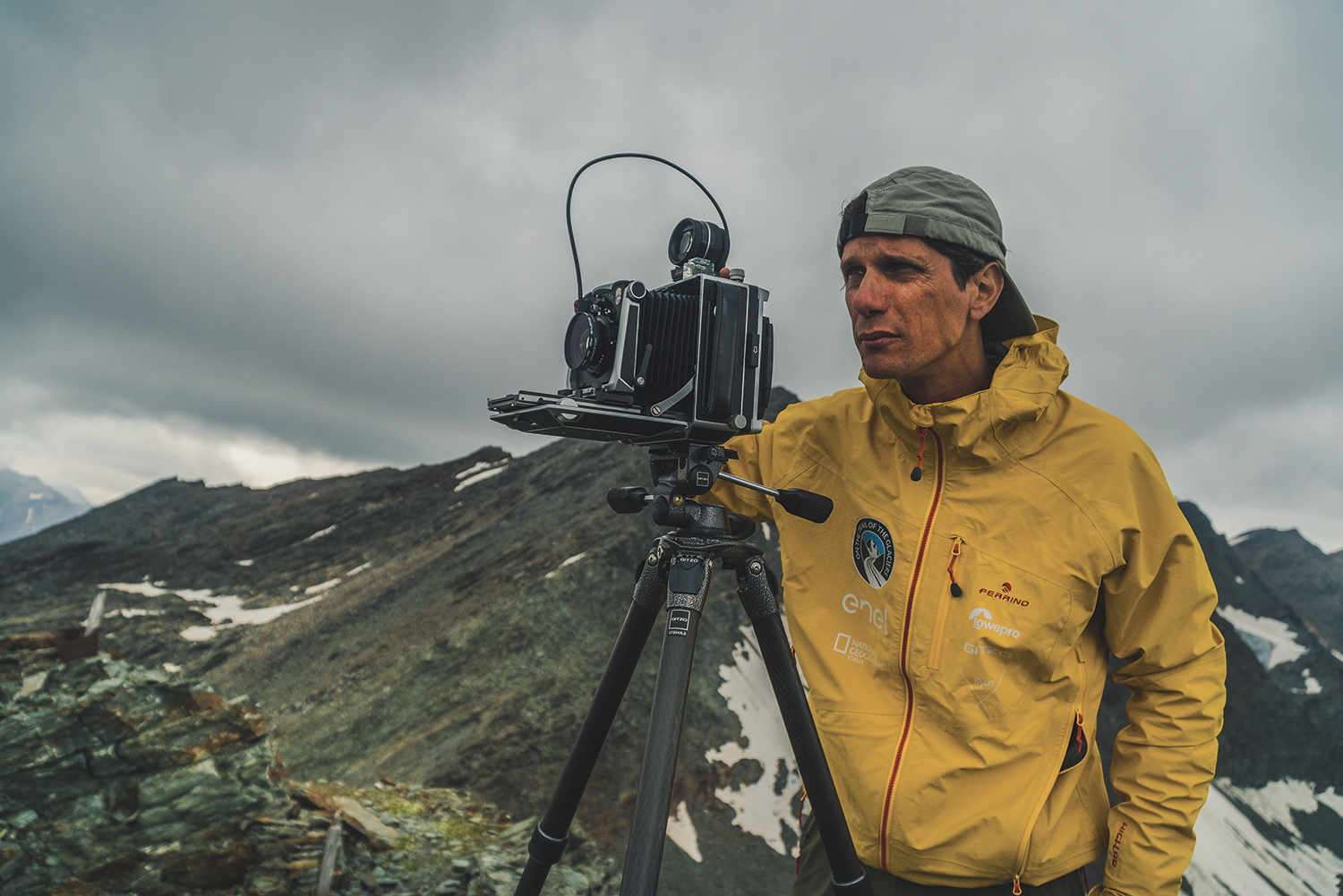
I deeply hate the deniers of the environmental crisis.
I realize that it is not the most neutral and diplomatic way of starting an article, but I can not express myself with mince words towards the skeptics and the unbelievers of the obvious, towards those who choose ignorance and arrogance instead of research and information. Global warming is happening. If you still have doubts on that, well, maybe it is worth making one last and desperate attempt with this article. The work of glaciologists and climatologists is very important for the dissemination of the effects of climate change. Often, however, reference is made to numbers and data and interpreting them is not so easy. Fortunately, there are those who decided to combine science with art. You should know that one of the things I love the most is the work of other photographers. It’s stronger than me. You can call it passion, professional deformation, whatever you want. That, combined to my environmentalist spirit, led me to write to Fabiano Ventura, a photographer whose work I have been following for a long time.
Before introducing him I would like to add some points. In the last few months, there are some facts worth mentioning that have been or are still ongoing:
– Greenland is losing billions of tons of ice a day and in about twenty years the Arctic could remain without ice;
– The largest tropical rainforests in the world are on fire. These fires produce tons of carbon dioxide, contributing to the sudden global warming and consequent melting of the glaciers;
– Last July has been the most hottest month ever registered;
– The new Brazilian government has doubled the deforestation of the Amazon. Trees are the only sustainable tool capable of retaining greenhouse gases;
– Given scientific data, soon a quarter of the world population will remain without water and some areas will be uninhabitable due to rising temperatures;
– Scientific data confirm that by 2050 all the alpine glaciers under 3500 meters will disappear.
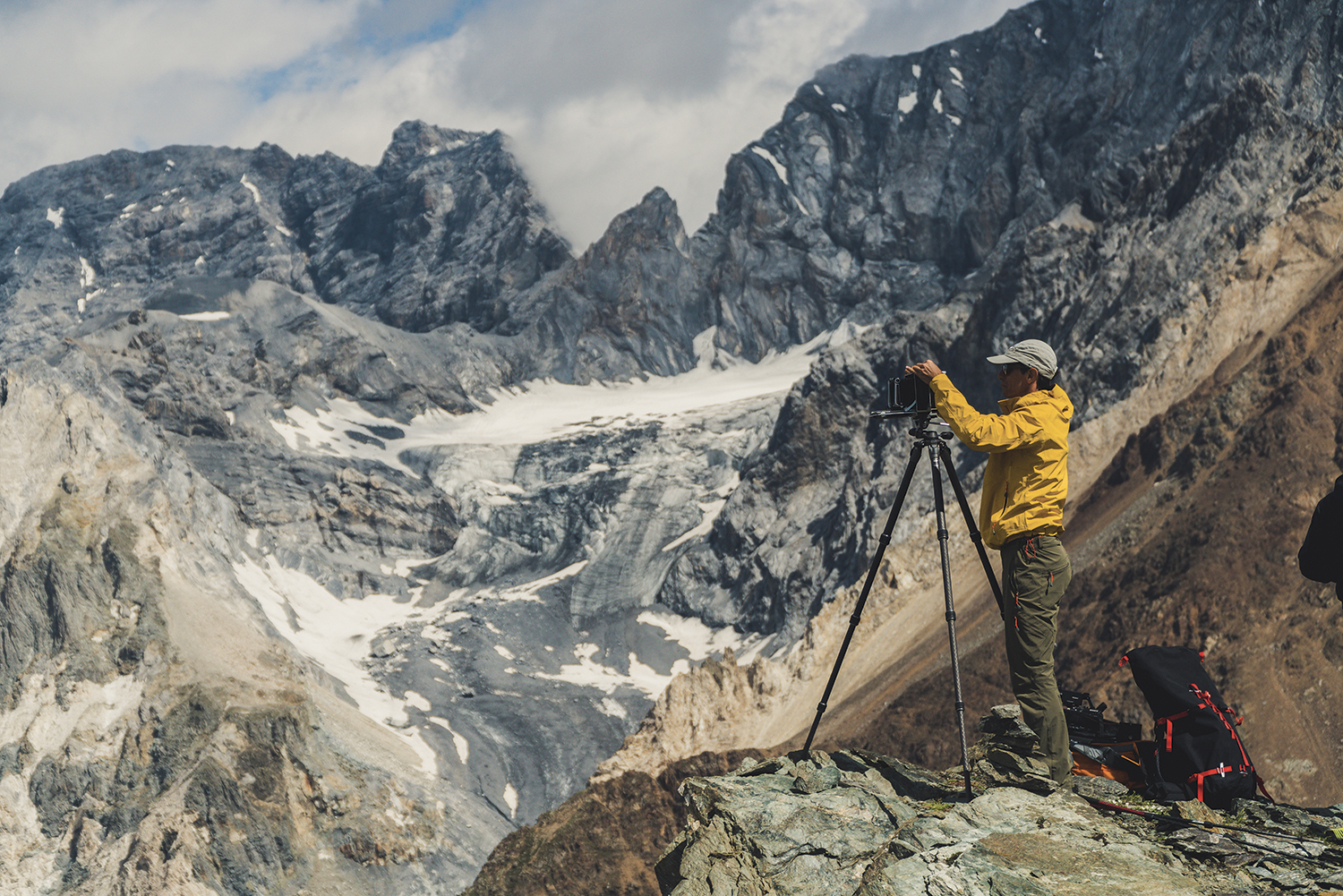
These are just some of the events that took place;
When facing such catastrophes we feel powerless and we have the absolute feeling that we cannot change anything and that we do not have the physical and moral capabilities to react. I feel like this too. Believe me, it hurts like hell.
I remember that time when my friend Luca Albrisi, a person that knows more tricks than a cartful of monkeys or who simply bears the weight of his years together with his quotes, told me:
“There can be no action without reflection and there must be no reflection that does not lead to action”. A simple concept, not trivial, effective.
To become aware of what is happening we need a critical and informed public opinion. The time to take responsibility for a collective cultural change has come. These are the basis for bringing us to collaborate as a universal race in a sustainable and intelligent way.
I have always been in love with stories of men and women who, through their vision and their commitment, have led people to the action of change. In a delicate moment like this I thought it was important to tell you about the person and work of Fabiano Ventura.
Here he is, I can introduce you to him.
Born in Rome in 1975, photographer.
Fabiano is one of those photographers who, in front of a sunset, was able to tell me that “beautiful light is only second to health” – just for you to understand his dedication to the subject -.
For the past 15 years he has been working on his photographic-scientific project “On the Trail of the Glaciers”, that, with the help of photographers and scientists, combine photographic comparison and scientific research in order to analyze the effects of climate change starting from the observation of variations in the glacial masses. He humbly tells me about it, as if it were a normal thing, something that was born and evolved naturally over time. If today you see images of the consequences of global warming on glaciers on the most important newspapers, those are certainly his photos.
The idea was born in 2004 on the occasion of the Italian expedition that commemorated the 50th anniversary of the first ascent of K2, where Fabiano was the official photographer. When he was younger he became passionate about astrophotography and then started working as a freelance photographer in the world of outdoor and extreme sports. He followed internationally renowned athletes in numerous expeditions, up to the one that would change his life and that would soon shake our consciences.
The power of his work does not deserve complicated technical explanations: Fabiano reproduces from the same angles, with the same optics and at the same time of the year, photos of glaciers of the main photographers-explorers of the end of the 1800s and the beginning of the 1900s. This technique is called “repeat photography”.
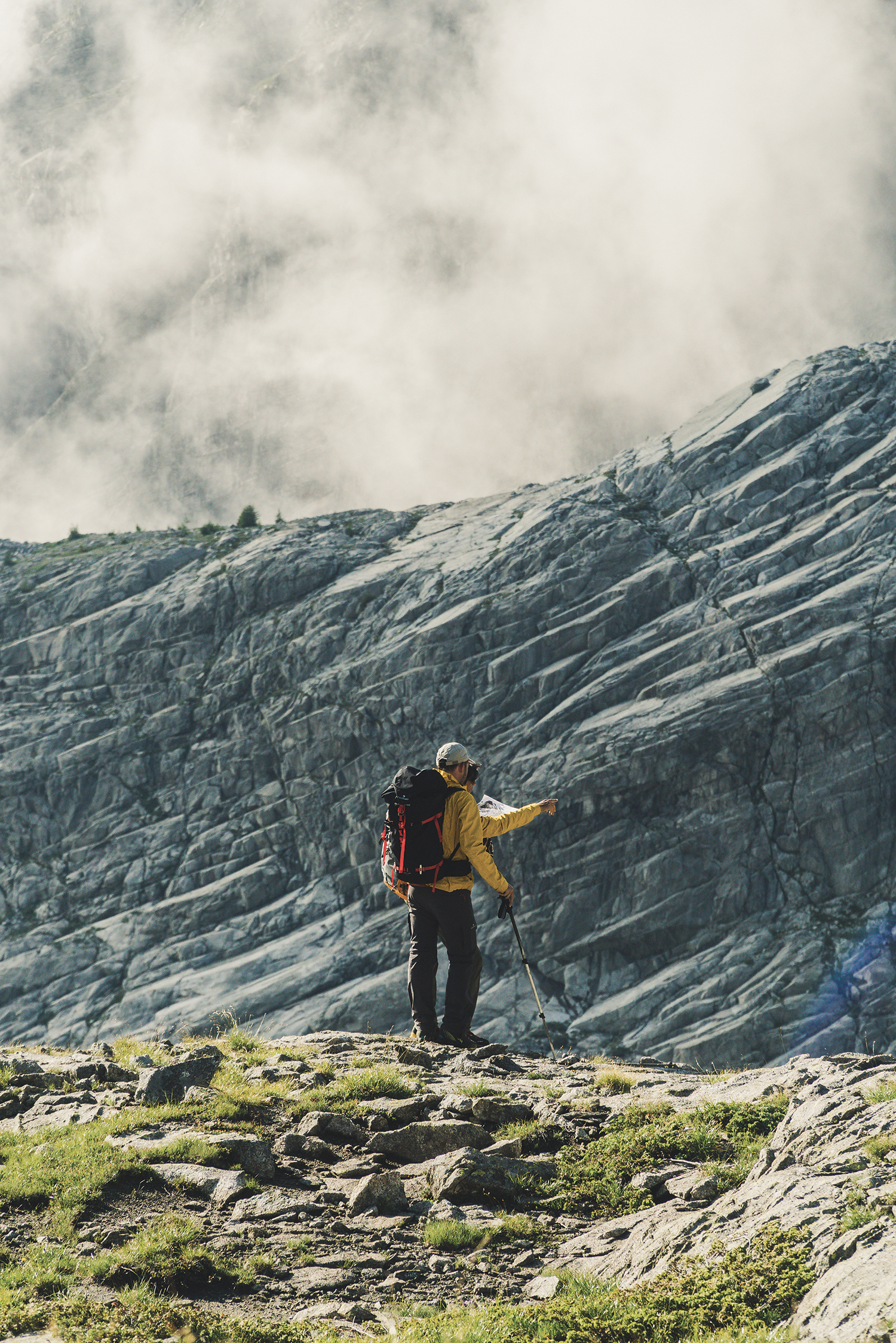
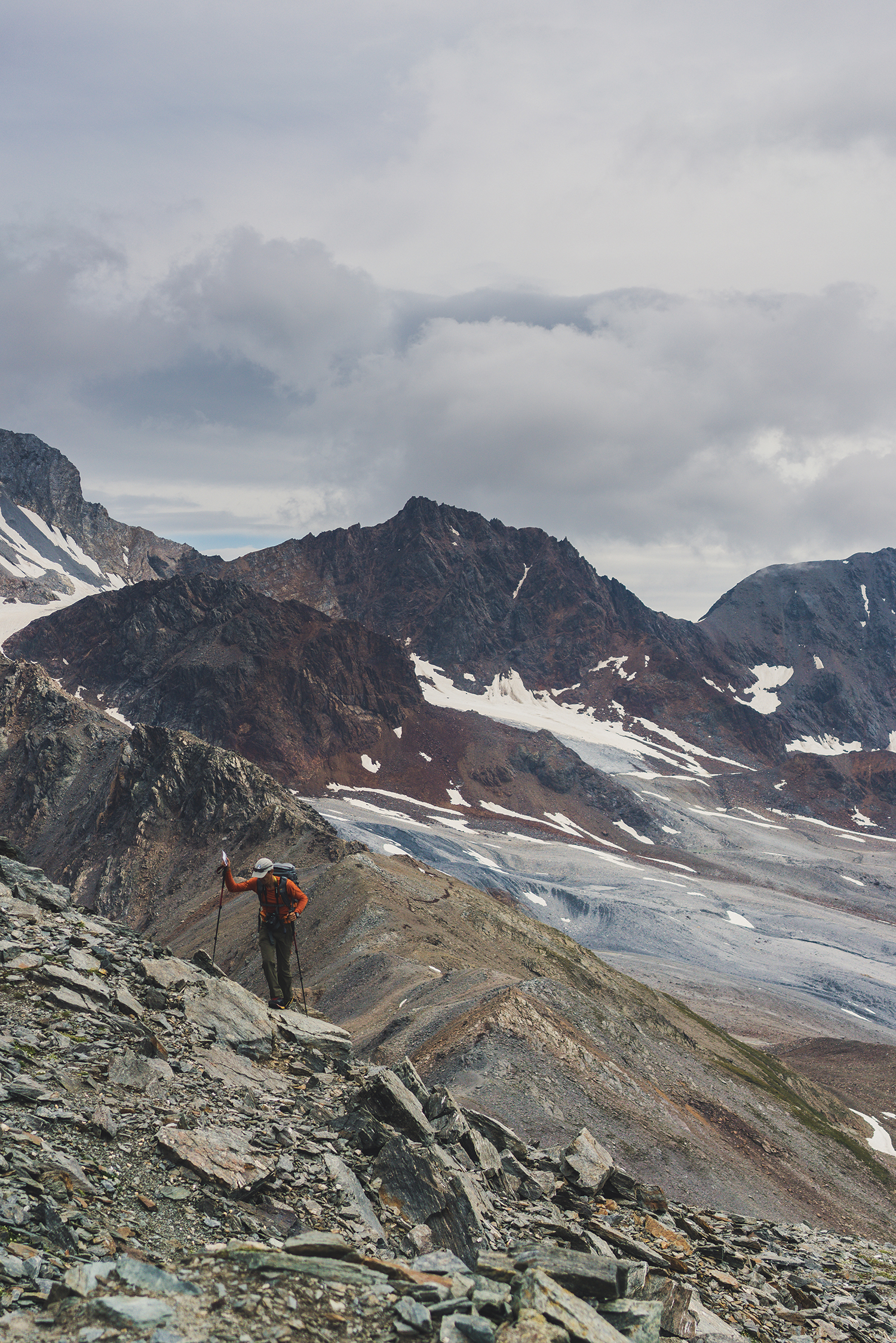
I’ve met Fabiano during the pre-expedition “Alps 2020”, the last stage of his ten-year project.
So far there have been 5 expeditions on the most important mountain glaciers on Earth, all successfully completed: Karakorum 2009, Caucasus 2011, Alaska 2013, Ande 2016 and Himalaya 2018. According to data, 27 glaciers have been analyzed up to now and more of 100 photo comparisons have been shot.
Comparative photography has a strong power of communication and is unequivocal: you look at two images from different ages. You have a reference to the beginning and to the end, our imagination does the rest. The melting of the white snow cover, the roar of black stones on pure ice, the raising of vegetation are the translation of the slow and excruciating death of the mountains. The result is as dramatic as the process to get the shot. You just have available a brief description on the back of the historical photo; the rest is a treasure hunt. You hypothesize the season, the time and the perspective of the historical shot and then you walk up to verify the exactness of the place. Then it’s just a matter of light.
Fabiano tells me with enthusiasm about the long work of selecting images in the national and international historical archives and the search for the place of the photo, and with a little less enthusiasm about the bureaucracy related to scientific permits, partnerships with local authorities and technical sponsors, not to mention the logistics of expeditions that is always very complicated since the particularly remote areas interested.
Why are glaciers so important?
Maybe it is worth explaining, given that correct info is never too much these days. Let’s start from the beginning: a glacier is nothing more than a mass of frozen water preserved for thousands of years. Some studies have reconstructed scenarios in which, until about 20,000 years ago, the planet Earth was covered for 32% by glacial masses. Today those masses correspond to the 10%, and are rapidly decreasing.
Where is the problem?
Glaciers are the thermometers of our planet. The more ice there is, the fresher it is. The less ice there is, the warmer it is. Simple right? To give a trivial example we could say that above a certain temperature, as happens to our body, the planet becomes ill. The causes of melting glaciers, and therefore of raising temperatures, are not natural, but are part of an exclusively anthropic problem.
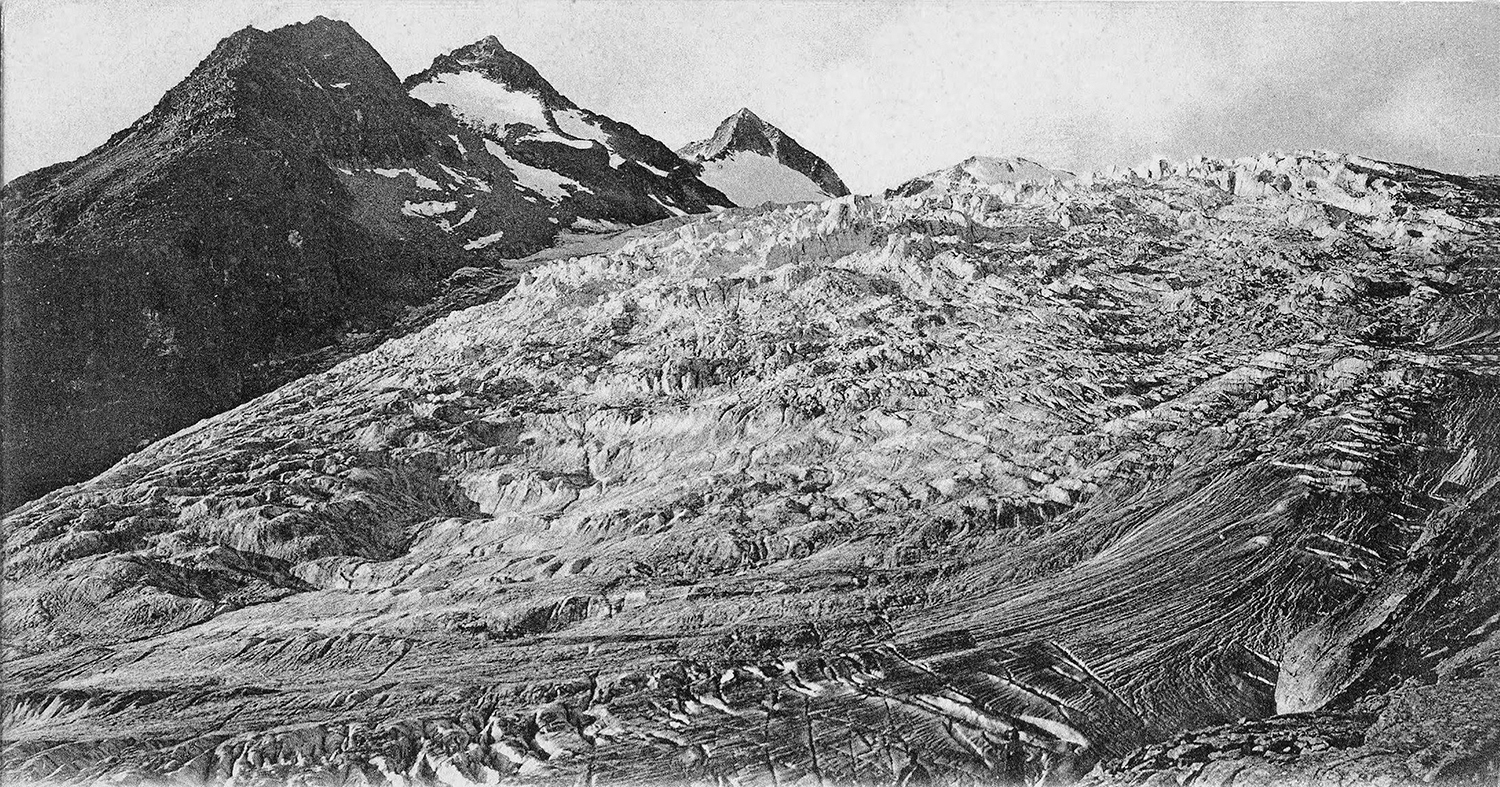
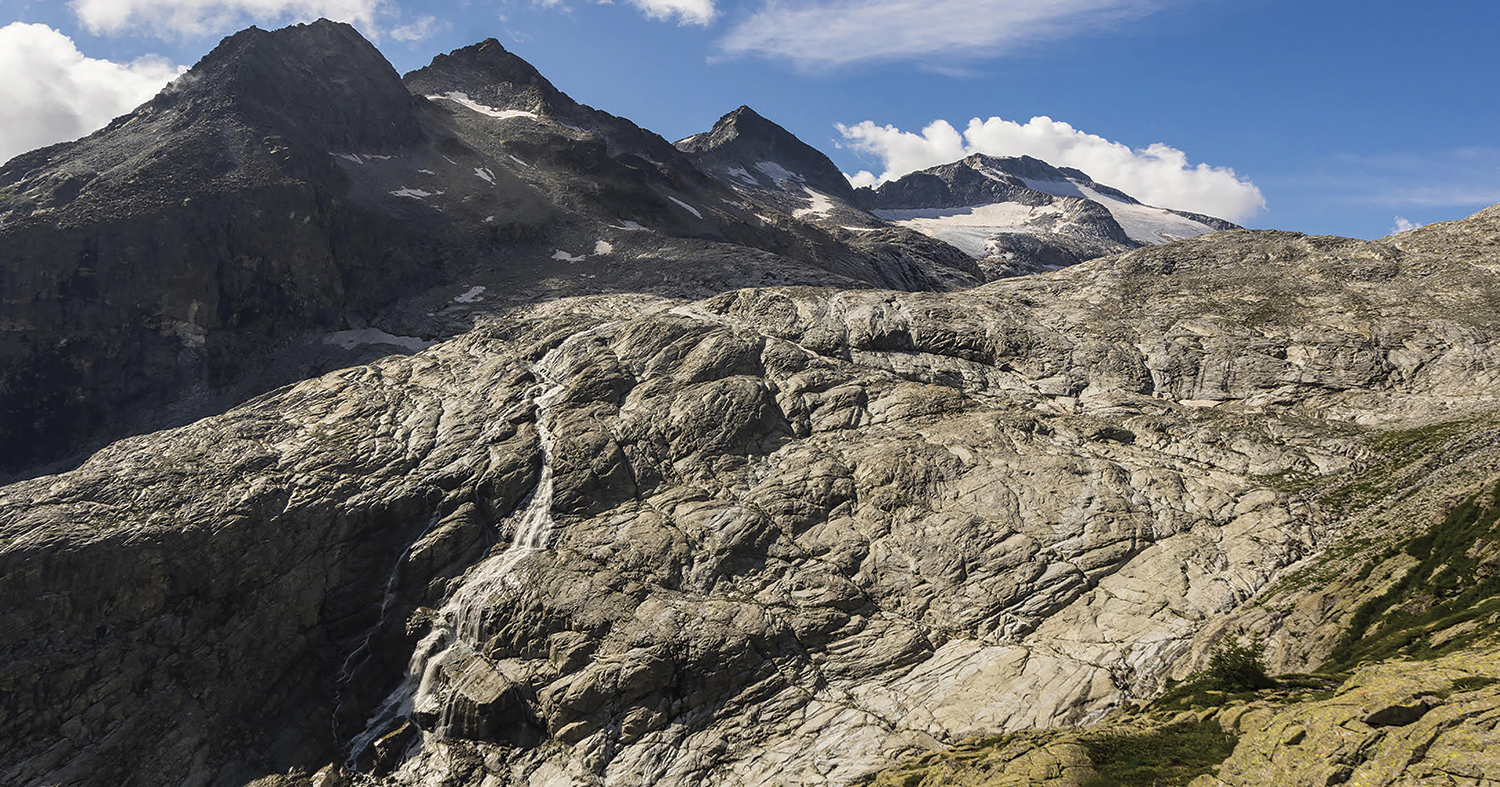
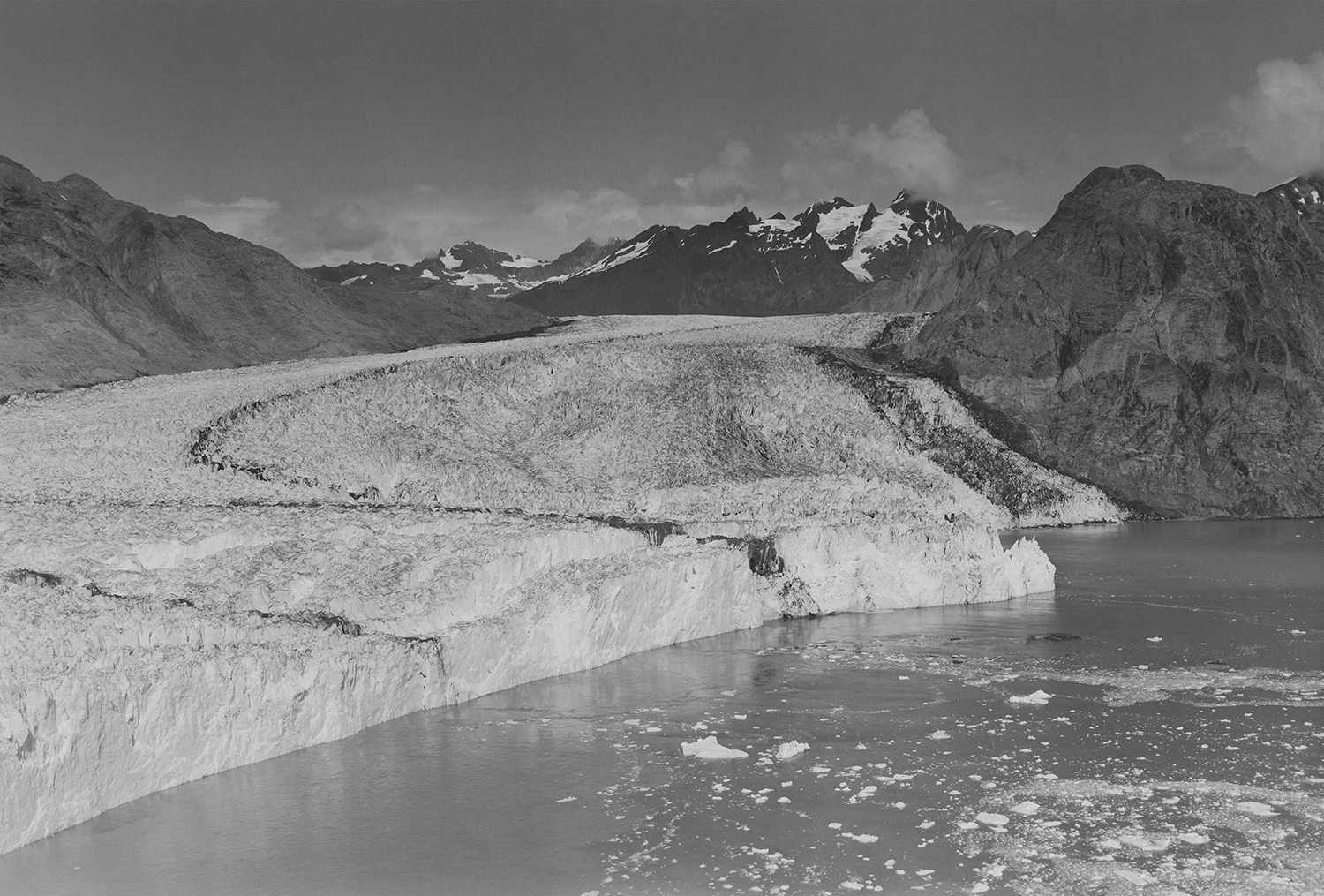
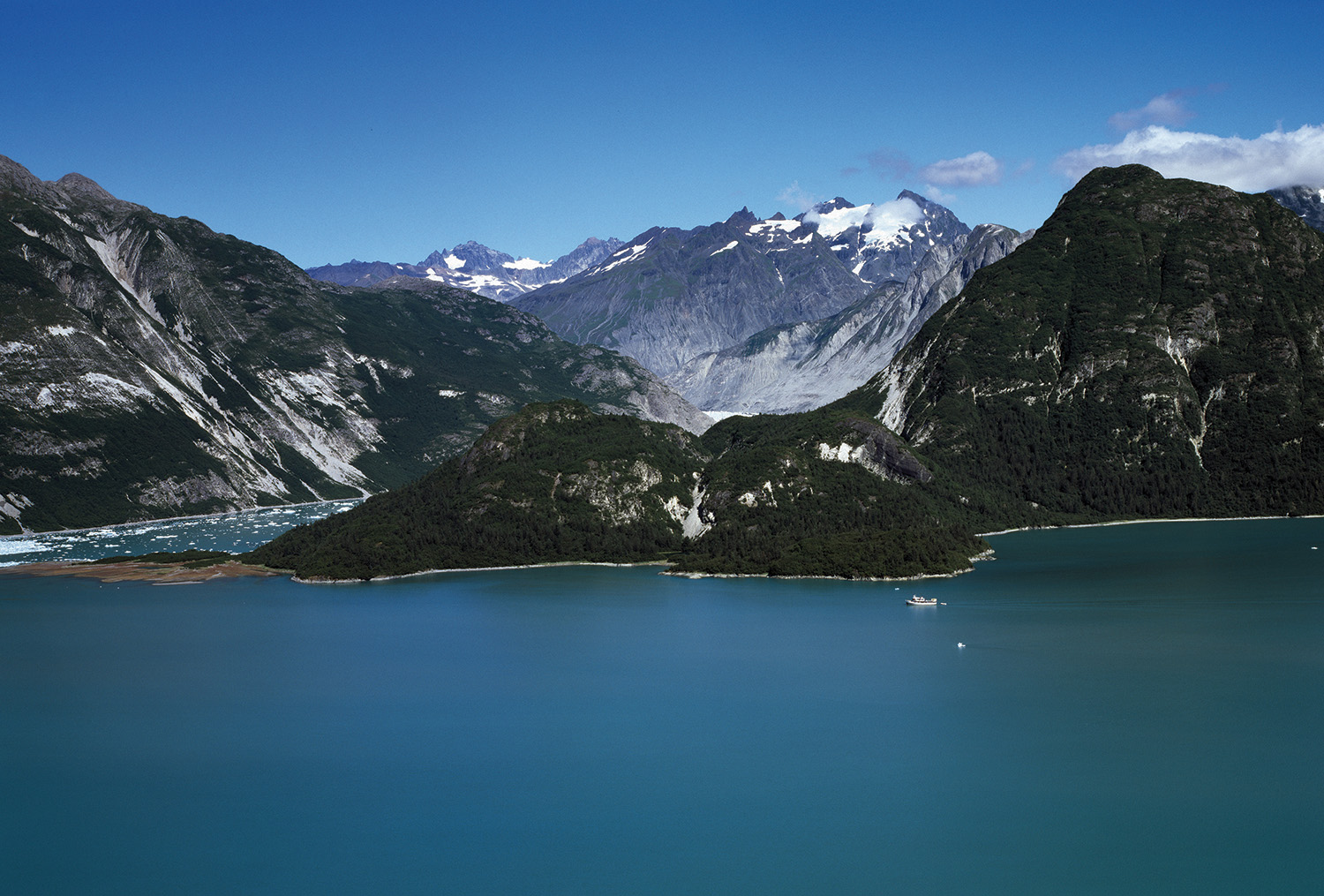


The causes are many and I’m sure that you already know them, but it is better to repeat them:
– The massive production of CO2 due to the various human activities including, first of all, intensive farming (corresponds about to the 40% of total emissions);
– The combustion of fossil fuels;
– The extensive process of deforestation;
The consequences of melting glaciers are catastrophic, but before telling you about them, I would rather explain in a very synthetic way the dynamics of ice. We know that glaciers are nothing but solidified water from thousands of years ago. Ok, so here we are, because we just need to think about our home refrigerator.
A glacier is formed when the snow that falls in winter exceeds the one that will melt in summer. In this way, in fact, the excess of snow, layer by layer, accumulates and becomes ice. Glaciers correspond to the 75% of the fresh water reserves on Earth. The fact that a glacier melts in summer and consequently increases the concentration of fresh water is good for life. The problem, unfortunately, is that the rise of the average temperature, for the reasons listed above, is melting glaciers at an exponentially fast pace. The first dramatic consequence of what happens is the reduction of fresh water reserves. Do you understand the catastrophe and the chain reaction that bring with it?
Most governments in the world ignore the problem, some others prefer to deny it. The reason why the evidence is denied I think it’s a problem that depends on our own nature: even facing a catastrophe it is better not to think about it, it’s better to ignore it, even if this means the death of some of us, or worse our own extinction. No, extinction is not an unlikely scenario.
The consequences of ice melting are also many:
– The increase in the level of the oceans and the consequent flooding of entire inhabited continental areas;
– Climate change that will lead to increase natural events such as floods, typhoons, heat waves and severe droughts;
– Imbalance in the food chain, since a rise in water temperature and a change in its salinity lead to a change in the natural cycle of marine flora and fauna..
Another important consequence is that at the same time as the melting of the glaciers, the degradation of the arctic permafrost occurs which, due to its chemical composition and extension, releases methane, leading to the exponential increase of greenhouse gases.
The final result? The impossibility of adaptation by the human species and therefore of its survival.


In front of this problem, we must act immediately. Fabiano has decided to respond with the combination of photography and science, trying to generate information and awareness in the public opinion. I have never been so convinced that photography can make a real difference and its work is its maximum expression. We all can do something through our strong stance.
The melting of the glacial masses is only one of the effects of global warming. Along with those predicted, there are many other unpredictable variables. Are we really sure we want to go up against Nature? I leave the answer to the deniers (or to whoever has read this).
Good luck.